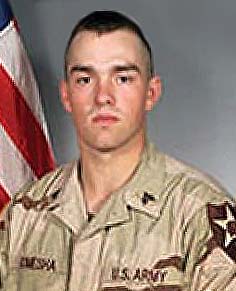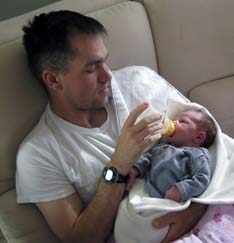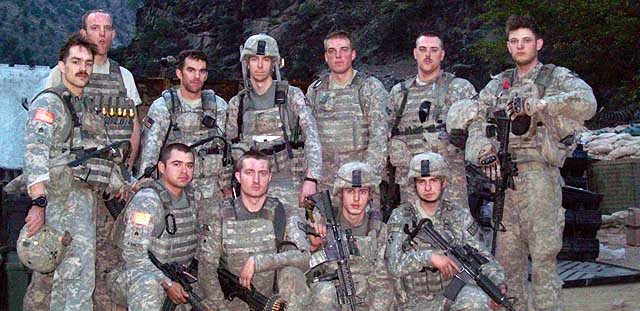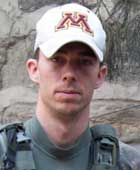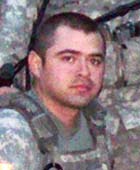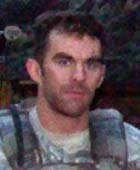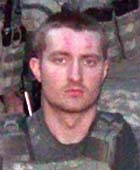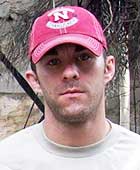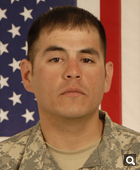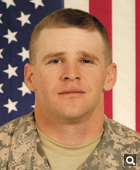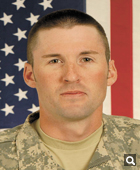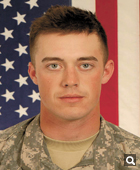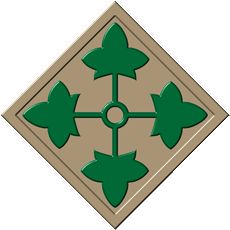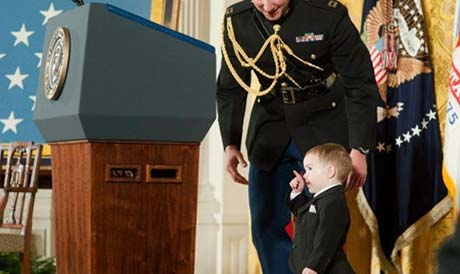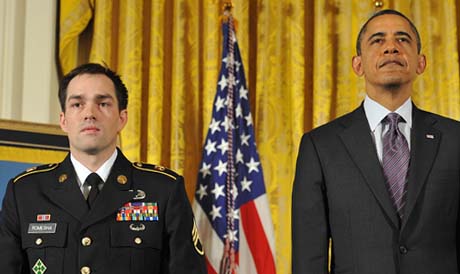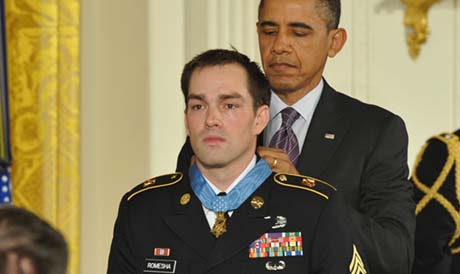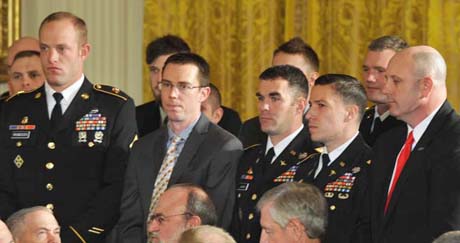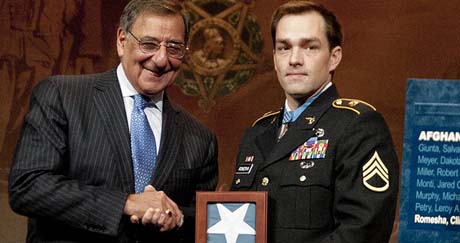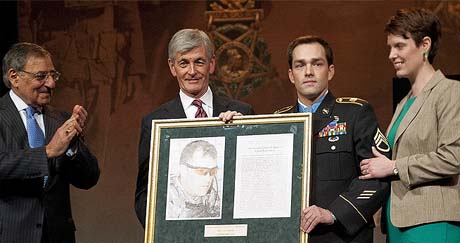Former Staff Sgt. Clinton L. Romesha (pronounced Row-ma-shay) was born in Lake City, California. Romesha enlisted in the Army in September 1999, as an M1 armor crewman. After completion of training at Fort Knox, Kentucky, he was assigned as a tank gunner with B Company, 1-63rd Armor, Camp Vilseck, Germany, which included an operational deployment to Kosovo.
After Germany, he was assigned as a gunner/assistant tank commander with A Company, 2-72nd Armor, Camp Casey, Korea. Following Korea, which included a combat tour to Iraq, he was assigned as a section leader with 3-61st Cavalry, Fort Carson, Colo. There he completed the Long Range Reconnaissance Course, Advanced Leader Course and Air Assault Training.
Romesha deployed twice to Iraq in support of Operation Iraqi Freedom, and once to Afghanistan in support of Operation Enduring Freedom. At the time of the deadly attack on Combat Outpost Keating, Kamdesh District, Afghanistan, on Oct. 3, 2009, Staff Sgt. Romesha was assigned as a section leader for Bravo Troop, 3-61st Cavalry, 4th Brigade Combat Team, 4th Infantry Division.
Romesha separated from the Army on April 4, 2011. He and his wife Tamara (Tammy), their three children, Dessi, Gwen, Colin, and Tammy's parents Kevin and Lorin, currently live in Minot, North Dakota. Romesha works as a field safety specialist with an oilfield construction company. He credits the Army's transition assistance program as being helpful in preparing his resume and engaging the company. Romesha equates his civilian job to that of a noncommissioned officer who establishes risk mitigation policies and enforces safety standard operating procedures. He says his current profession is similar to an Army observer/controller, identifying areas the organization can improve and making on-the-spot corrections.
Romesha has two older brothers, one older sister and a younger sister. His fondest childhood memories are of spending time with his grandpa — the late Aury Smith, a WWII veteran — on his small ranch in Vya, Nevada. His grandpa told him to always do his best, and that the integrity of the family name was Romesha's legacy to be cherished.
When he gets time away from restoring his 100-year-old home, Romesha enjoys watching and attending hockey games.
In addition to the Medal of Honor, Romesha's awards and decorations include the Bronze Star Medal, Purple Heart, Army Commendation Medal (with two oak leaf clusters), Army Achievement Medal (with four Oak Leaf Clusters), Army Good Conduct Medal, National Defense Service Medal, Kosovo Campaign Medal, Afghanistan Campaign Medal (with two bronze service stars), Iraq Campaign Medal (with three bronze service stars),Global War on Terrorism Service Medal, Korean Defense Service Medal, Noncommissioned Officer Professional Development Ribbon (with numeral two device), Army Service Ribbon, Overseas Service Ribbon (with numeral five device), NATO Medal (with bronze service star), the Valorous Unit Award, Meritorious Unit Commendation, the Combat Action Badge and the Air Assault Badge.

